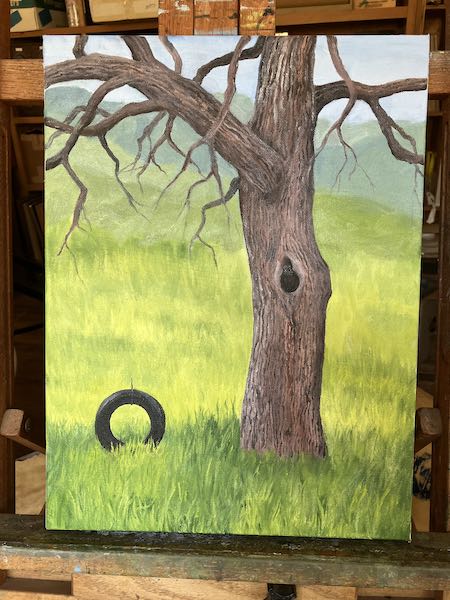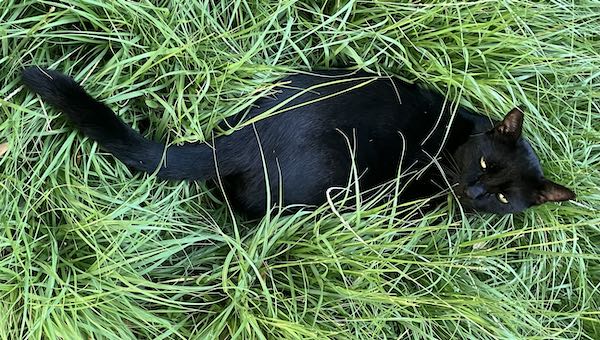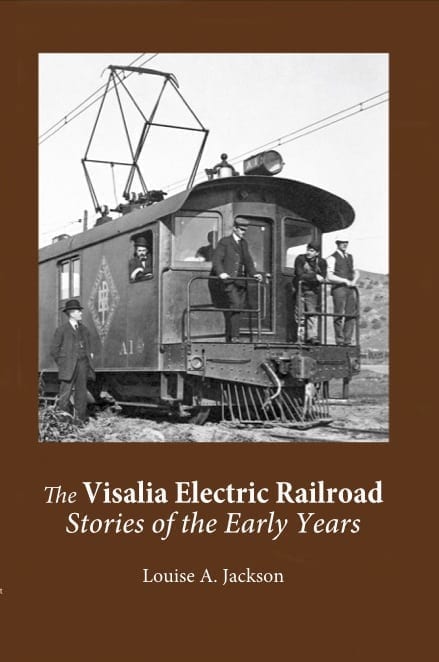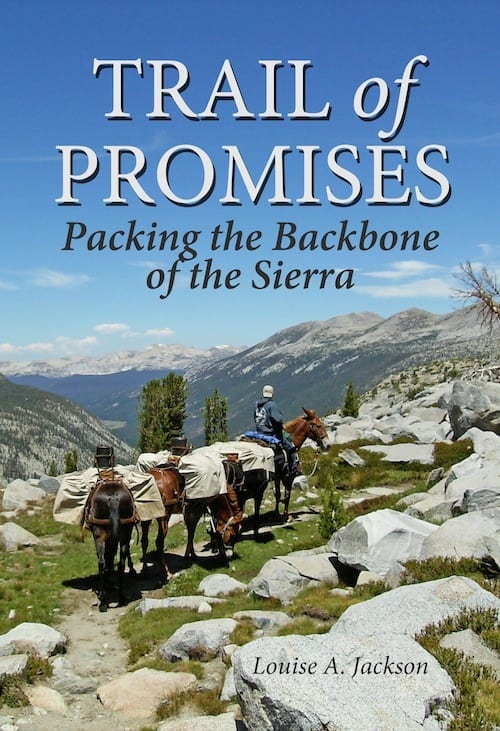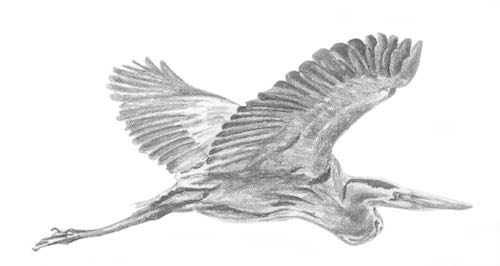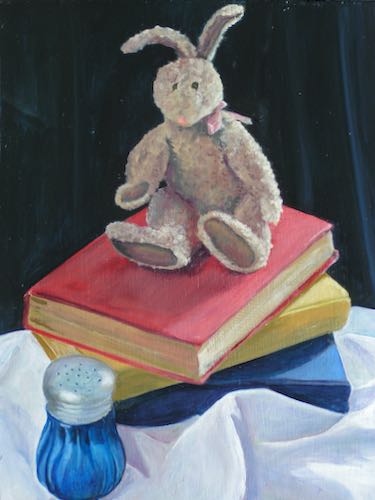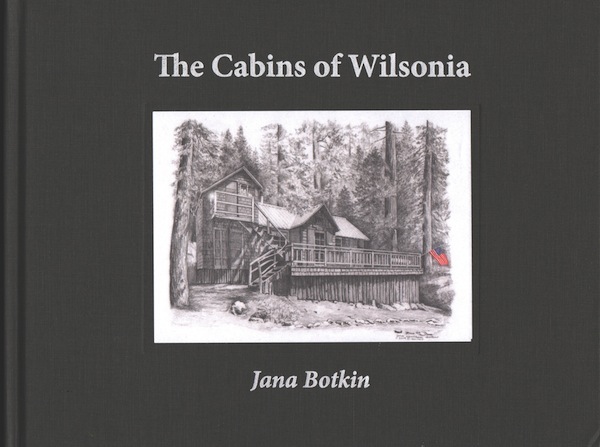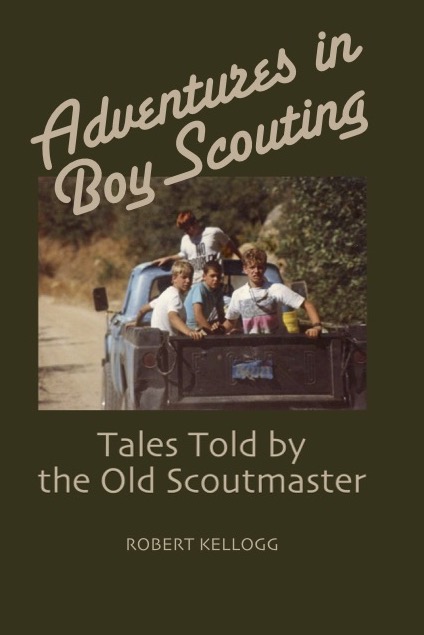What is editing? You mean you get paid to just sit around and read??
… I’m either tending to the logistics and administrative duties of a microscopic art business* or I am editing. IF I am actually working, that is.
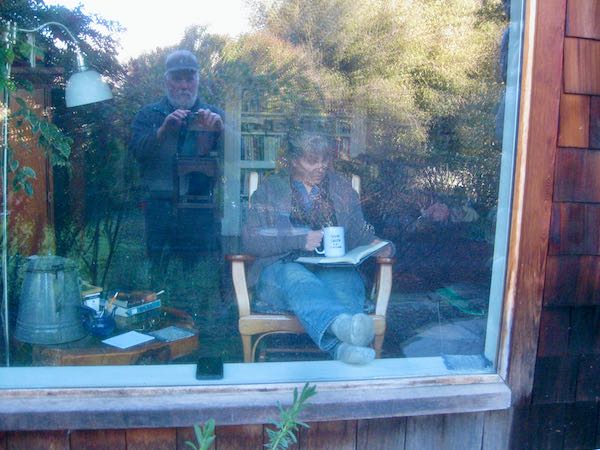
Yes but it isn’t the same as reading for escape or to learn. Instead, you read with multiple purposes. An editor’s job is to make sure the reader can flow through the book without tripping over the words.
The reading is something like this:
- Why do I keep going back to that paragraph? It might have too many words, but for some reason I am not sure of the author’s intent. Maybe it would be clearer like [try a different way of phrasing].
- Wait, wasn’t that guy’s name Jim in the last chapter? Then who is Jack? Better do a Jim/Jack check throughout.
- Oh-oh, the author is using the tab key instead of indention for new paragraphs; better make sure all those tabs/extra spaces/extra returns get removed throughout.
- Eighteen? I thought she was twenty. Where did it mention her age? Better make a note to find all those references and verify the timeline.
- Why does this character start every sentence with “So”? This might need a bit of modification. Not too much, because that is how he talks, but if he gets too boring, we might lose our reader’s attention.
- Oops, those paragraphs are ragged right rather than justified; better “select all” and choose “justified” so the entire manuscript is consistent. While I’m at it, better make sure hyphenation is turned off or some words will go wonky.
- Hmmm, sometimes that word is spelled with a hyphen and sometimes as a compound word. Seek and replace the wrong version.
- What am I supposed to do with this list of bullets beneath the heading? Or the bullets beneath the bullets? Wait, is that a subheading that needs to be indented? Does this need to be a new section, or do those words need to be non-bold? If I am confused as to the main topic, the reader might just skip this section.
- Semi colon alert! Better watch more carefully.
- What is the point of this paragraph? Can it be deleted?
Meanwhile, I am keeping up with the storyline, making sure that it is moving along at a good clip. A problem with editing is that I get caught up in the story and forget to think all those multi-layered thoughts as I am reading.
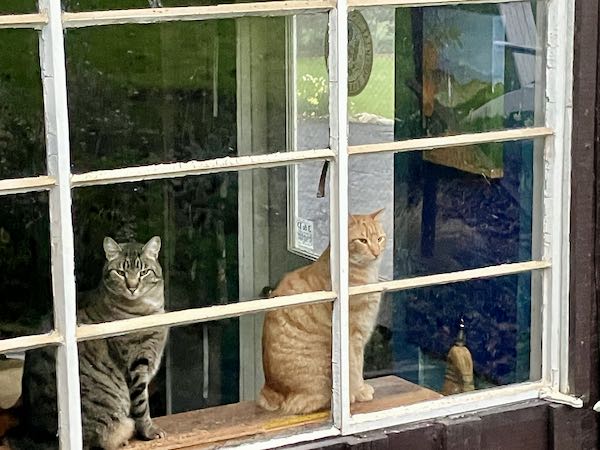
Sometimes the day goes quickly, so quickly that when I head home, I am surprised that it is dusk. I would be surprised that the cats were put away for the night if Trail Guy didn’t stick his head in the studio to let me know.
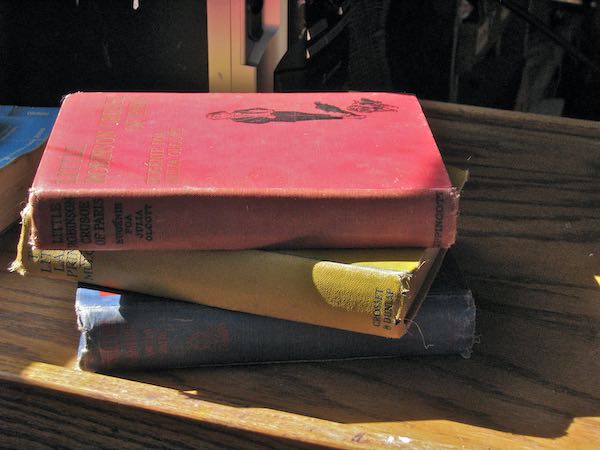
“. . . Of making many books, there is no end, and much study wearies the body.” —Ecclesiastes 12:12b
*The business is microscopic, not the actual art.
